
March 1856: The hand-powered submarine
Today’s submarines boast some of the most advanced propulsion systems ever developed, but back in the early days of underwater travel, the means of propulsion was somewhat more primitive. In this article from 1856 – The Engineer’s first year of publication – the magazine wrote about the development of ‘Deschamps and Vilcocq’s free diving boat’ – a hand-powered submarine.
Read our archive coverage here
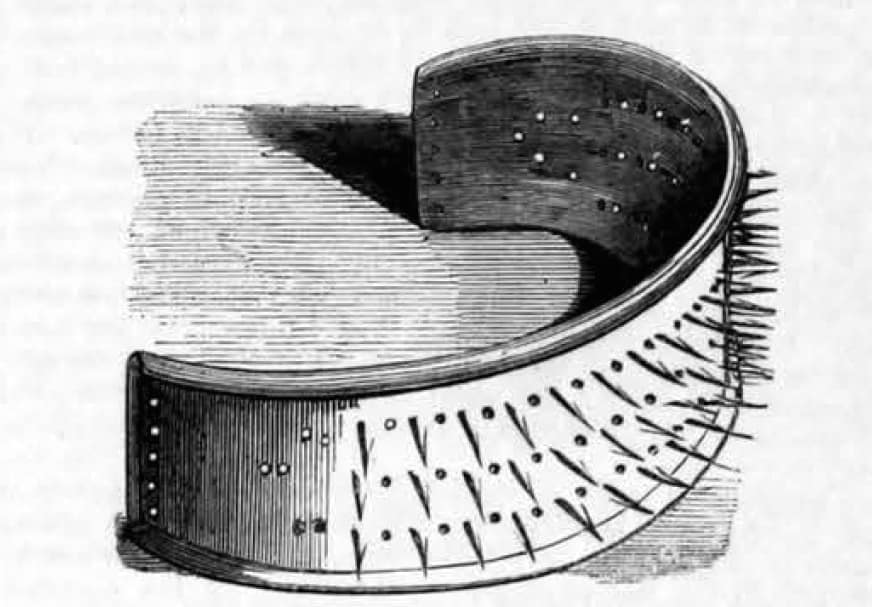
April 1857: The garrotte proof cravat
The murky streets of Victorian England could be a dangerous place. And in a world where strangulation was the killer’s favoured technique, How’s patent garotte-preventing stock offered some form of protection. It doesn't look very comfortable though.
Read about the garotte proof cravat here
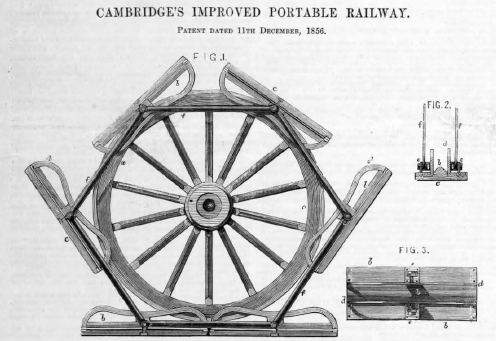
JULY 1857: The portable railway
It was the golden age of rail, and here The Engineer outlined an innovation that would allow the romance of rail to follow you all the way to your front door: the portable railway.
Read our archive coverage on Cambridge's Improve Portable Railway here
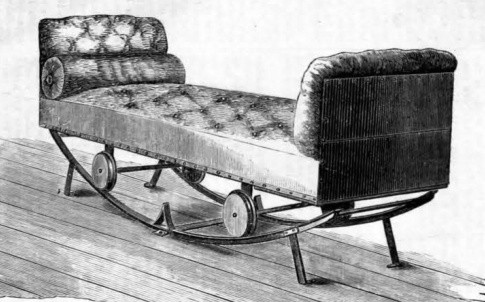
July 1877 – The Anti sea-sickness couch
In the era before the airliner and the Channel Tunnel, there was but one option open to Britons who wished to leave these shores — get on a boat. This often meant choppy waters and sea-sickness. English inventor "Mr Anderson" believed he had found the perfect remedy in the elegant form of his Equilibrio Couch.
Find out more about the Equilibrio Couch
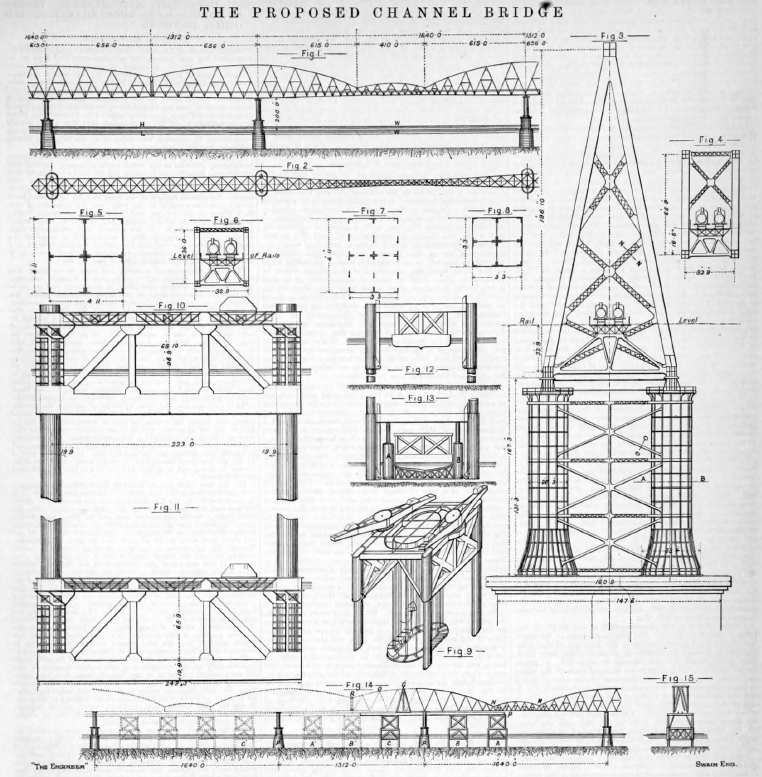
January 1893: A bridge across The English Channel
While today the prospect of a bridge that crosses the sea and dissects one of the world's busiest shipping lanes is almost inconceivable, back in 1893 many considered the idea a far more realistic proposition than a tunnel.
Read all about the Victorian plans for a cross-channel bridge
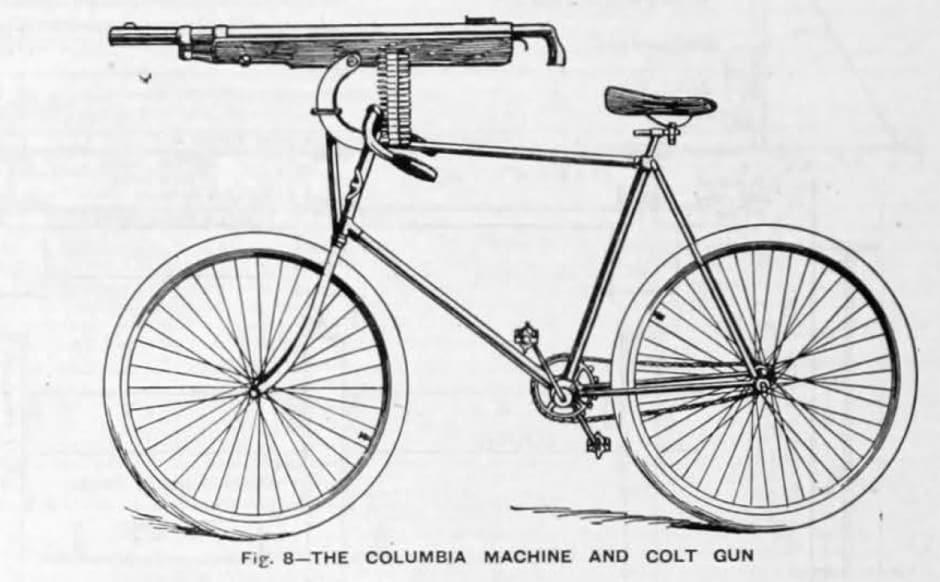
Feb 1896 – The gun bike
Sometimes pedestrians just get in the way of cyclists, and no amount of bell ringing, horn honking, or friendly shouting will induce them to move. In 1896 The Engineer presented a somewhat extreme solution to this problem that thankfully never saw the light of day — a bicycle with a 40lb Colt automatic gun mounted on the handlebars.
Read more about the Gun Bike here
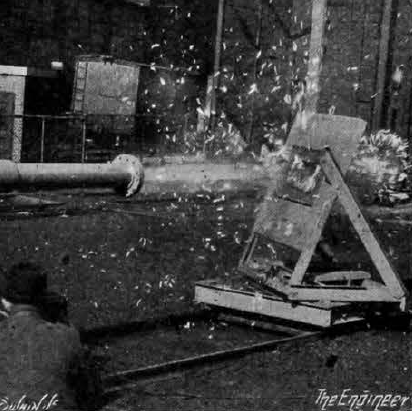
June 1944: The chicken cannon
The Engineer reported on the development of the world's very first 'chicken cannon', designed by the Westinghouse Electric and Manufacturing company to subject a variety of windscreen specimens to 'such missiles as chickens and turkeys.'
Find out more about the Westinghouse chicken canon
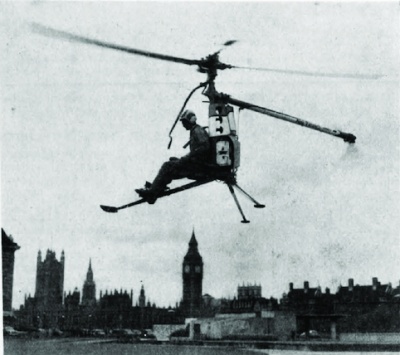
May 1958: The collapsible helicopter
Small enough to be carried beneath an aircraft’s wing or on a car’s roof rack, the Hiller XROE 1 rotorcycle — a collapsible single-seat helicopter — generated great excitement when it was demonstrated in London in 1958.




Red Bull makes hydrogen fuel cell play with AVL
Many a true word spoken in jest. "<i><b>Surely EVs are the best solution for motor sports</b></i>?" Naturally, two electric motors demonstrably...